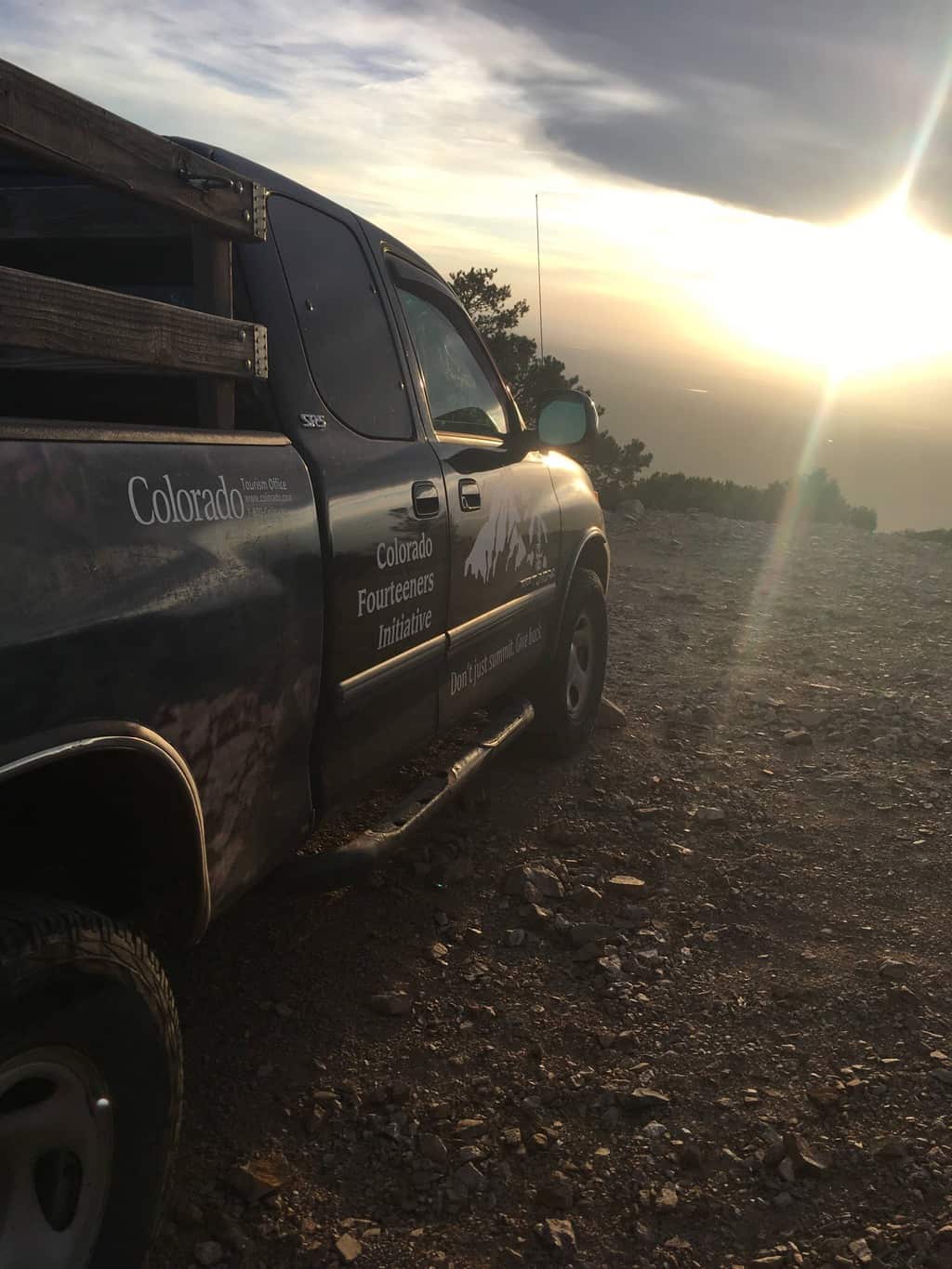Allow me, if you will, one second to paint a quick metaphor: your body as a hiker is a vehicle, a finely tuned machine that carries you up and down treacherous stretches and summits. Your respiratory and circulatory systems serve as the engine, fueled by the food you pack, and your legs serve as pistons, firing thousands of times a day. Most critically, your feet serve as the wheels, providing traction to get you up the mountain. With a car, when one of your wheels starts to wear down or pops a flat, the easy solution is to swap in a spare. However, this is clearly where the metaphor runs its course. The question then begs:
What is there to do when I get a blister out on the trails?
A blister, be it on your palms from gripping tools too tightly or on your heel from ill-fitting shoes, can be a most persistent and nagging injury to deal with, especially in the hot, sweaty summer months. Blisters occur when heat, repetitive friction, or burns irritate the upper-most level of skin, causing a pocket to develop underneath. Without preventative or immediate action, they can develop into something more serious.
My worst run-in with blisters came two summers ago, when a string of sweaty summer runs and hikes led to a nasty little infection. Sparing the colorful details, my heels spent the next 16 days wrapped in gauze until everything had run its course. Since then, I’ve recommitted myself to spreading the good word on blister prevention, culminating in the below list of quick tips for your consideration.
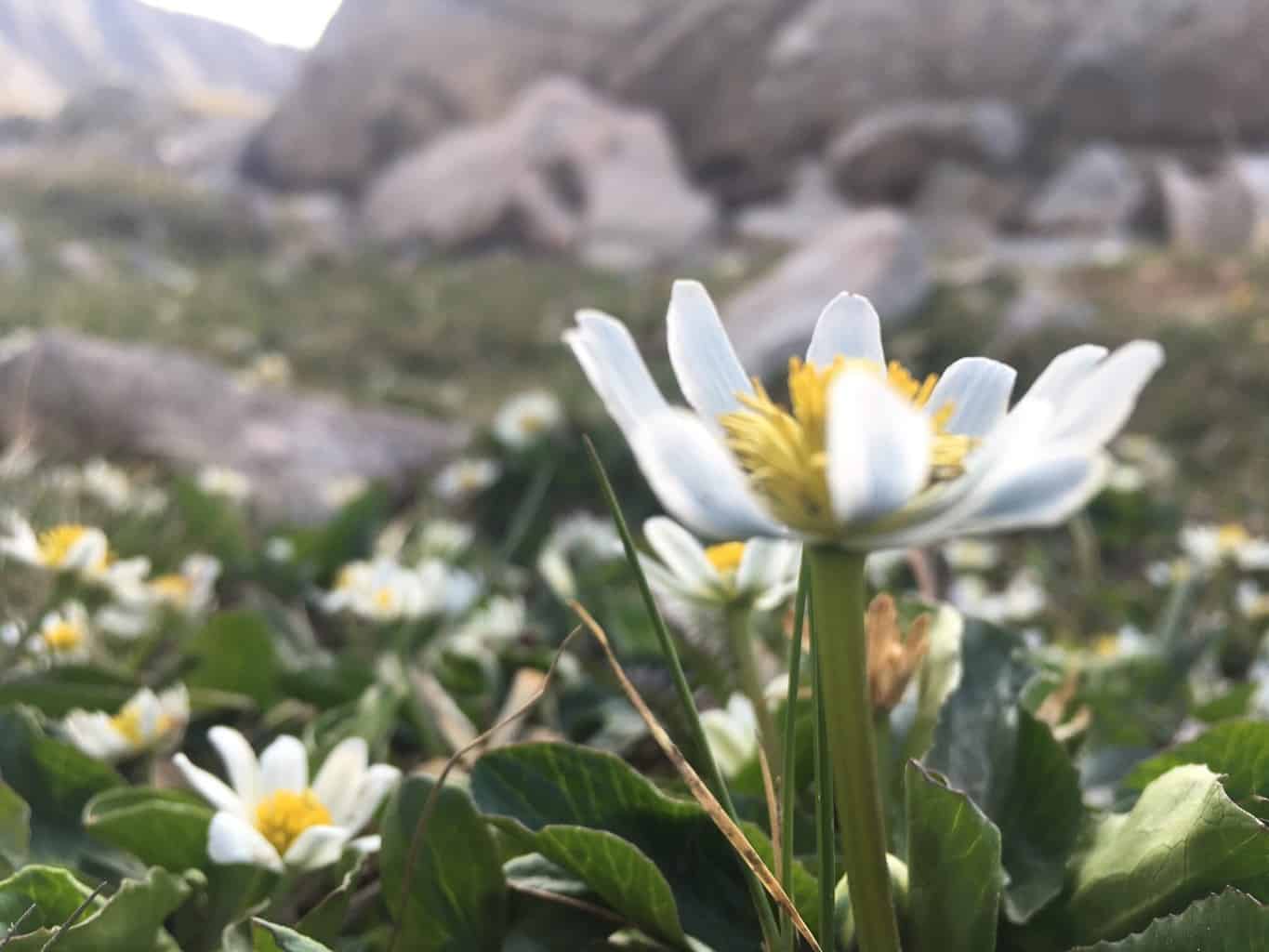
1. Go gentle with that new pair of shoes
Believe me, I know there’s nothing more exciting than rolling out new gear as soon as you get it, but when it comes to shoes, you have to pump the breaks. While integrating a new pair of hiking boots into your routine, test them out on terrain you know and trust, and don’t jump right into the 12-mile treks. It takes anywhere from 25-50 miles for hiking boots to fit to the shape of your feet, so give them the time they need to break down before you trust them.
2. Stay cool and dry
When out on the trails, the last thing you want is to slip while fording a stream then finish the trek with damp, sweaty feet. Think about s’mores for a sec: if you pinch a squishy marshmallow before cooking it, most likely not much will happen. But expose that marshmallow to heat for a long time, and now all of a sudden, the outside layer slips off. Your feet are similar. When heated and soggy, your skin becomes much more sensitive to friction, and much more likely to blister. Bringing a pair of sandals to wear around camp and drying out socks at the end of every day is a steadfast way to save your soles.
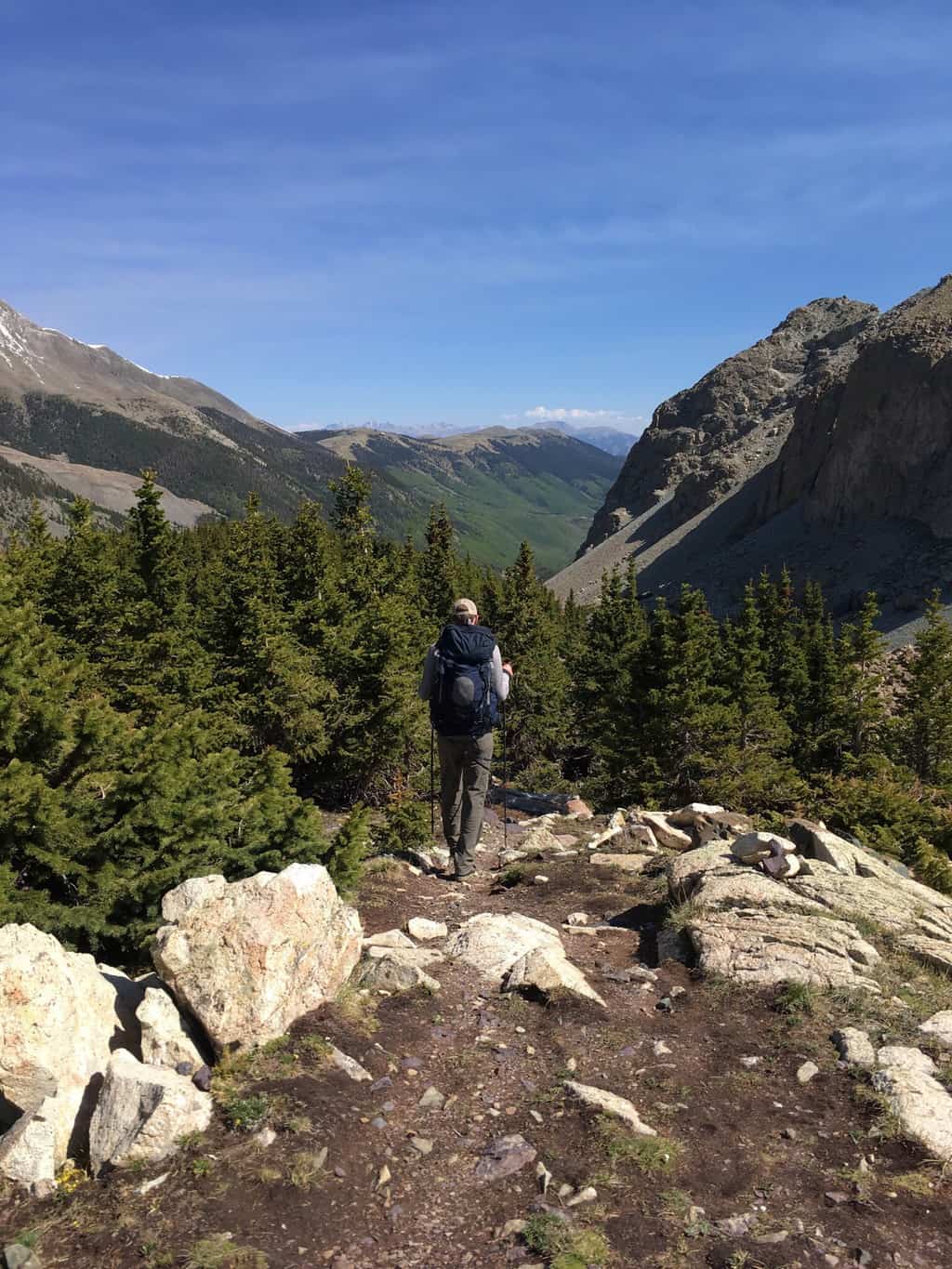
3. Never forget medical tape
At the first sign of blistering, medical tape can be your best friend. To get a smooth surface against the irritated area, you can either place a small piece of toilet paper adjacent to your skin to act as a bandage or fasten a sliver of tape onto the sticky side of your larger piece to cover up the adhesive surface. This prevents friction while also not irritating the sensitive area of skin, allowing the body to recover naturally.
4. Stay on top of your trim game
Before heading out on a significant trip, make sure to clip your toenails and file down any calluses that may cause discomfort. Long toenails can dig into adjacent toes, especially when shoved into rigid hiking boots. It’s worth taking a few moments the night before your hike giving them a good clip. Don’t go overboard, however, because calluses and toenails are still your body’s natural solutions for protecting sensitive areas. It’s better to trim your toenails and calluses every two weeks, leaving a little bit, than to go at them once a month and risk cutting down too far.
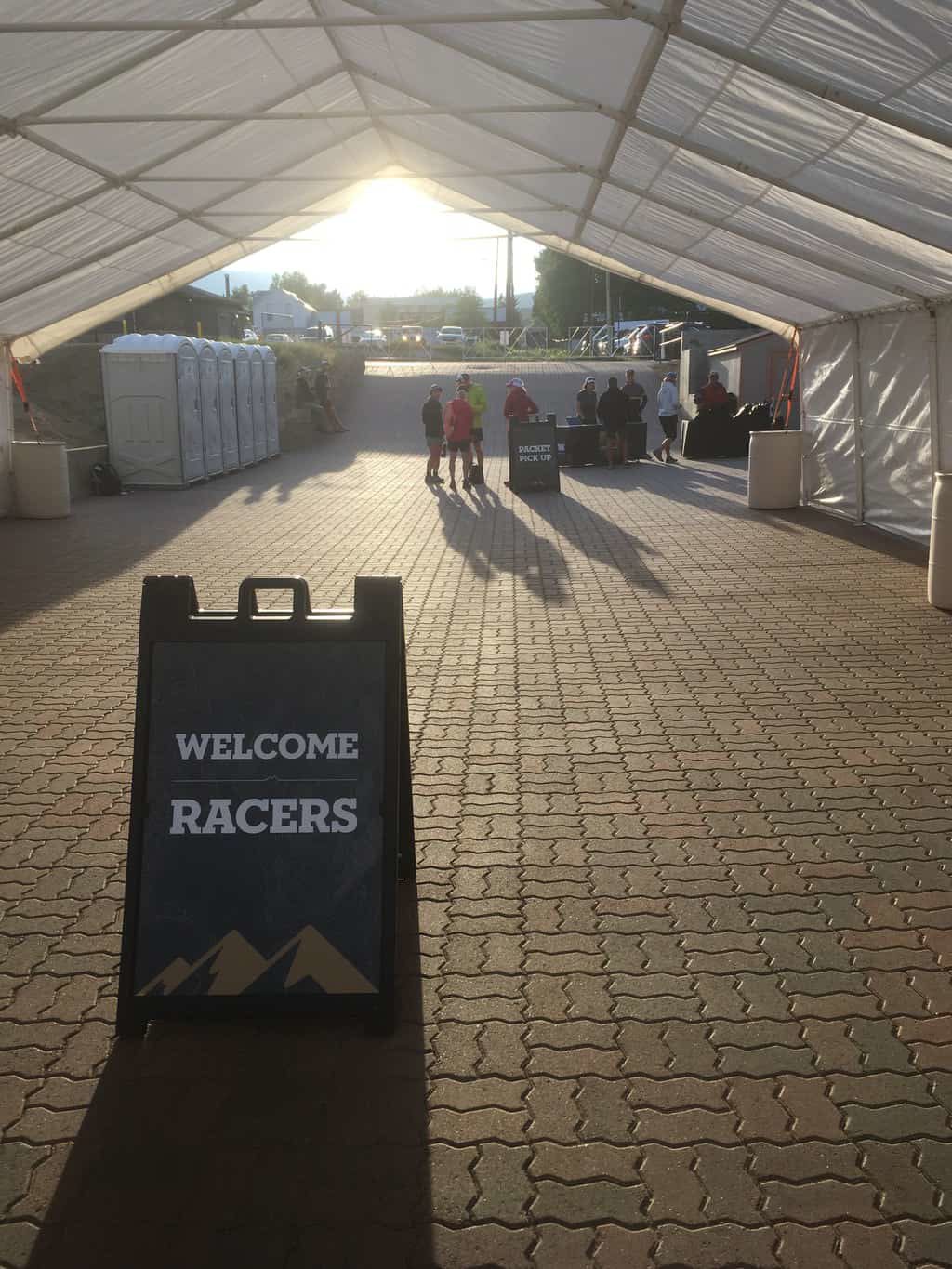
5. Be wary of commercial products
Both antiperspirant and foot powder seem like obvious choices to help keep feet dry and thus safer, when in fact that opposite is too often true. Foot powder can clump, especially when used with wool socks if it becomes saturated. These clumps can irritate your soles and cause unnecessary friction. Antiperspirant, though useful in preventing moisture on your feet, adds significant friction to the equation, which can often be worse for your long-term foot health.
6. Keep at it no matter what
The more that you hike, the more resistant your feet become to developing blisters, and the better you’ll learn what routine works best for you. Everybody has the combination of quality sock, shoe model, and maintenance that keeps them happy and healthy, so you just need to give yourself the time to discover your own and try out different combinations until you land on the ideal match.
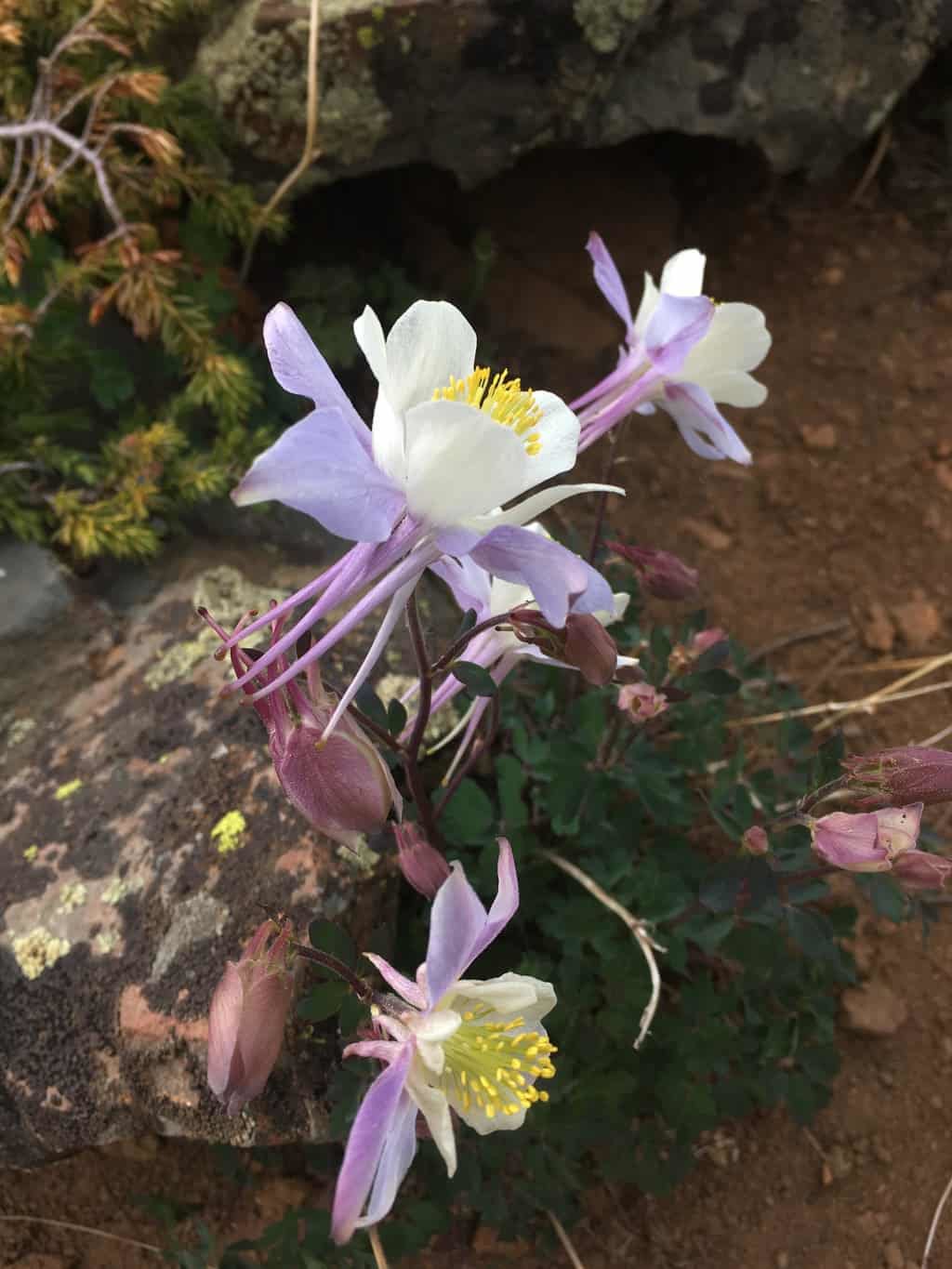
7. Wait to pop it – or never do
While there is no consensus in the medical community about whether popping blisters is detrimental, all agree that tackling a blister on the trail is a poor choice. If you intend to pop a blister, you must do so in a clean environment, use soap and water or rubbing alcohol to clean the site, and sterilize the needle you want to use either over a fire or in boiling water. Better yet, focus your energy on prevention and avoid getting serious blisters in the first place.
So, there you have it. Happy hiking, and may your feet stay healthy and smooth forever!
